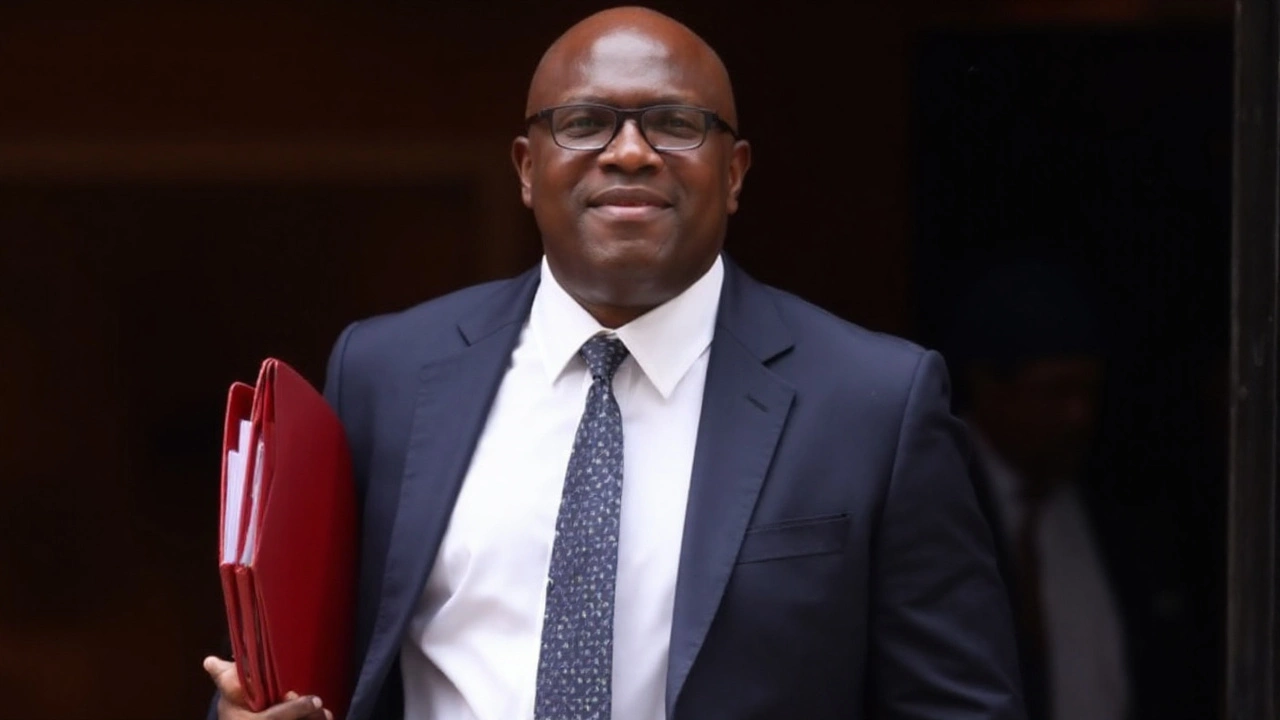What Is a Cabinet Reshuffle and Why Does It Matter?
When you hear news about a "cabinet reshuffle," it usually means the prime minister or president is moving ministers around, adding new faces, or firing a few. It’s a bit like rearranging a sports team’s lineup before a big game. The goal is to freshen up the team, fix weak spots, or respond to public pressure.
Why Do Leaders Call a Reshuffle?
Leaders use reshuffles for several practical reasons. First, if a department is underperforming, swapping the minister can signal a fresh start. Second, political pressure – such as scandals, bad polls, or public criticism – may force a leader to show they’re taking action. Third, reshuffles help reward loyal supporters or bring new talent into the spotlight. Finally, they can reset the government’s agenda, pushing new policies to the front.
For example, if the health minister is struggling with a hospital crisis, a reshuffle might bring in someone with a stronger background in healthcare. That move can calm the public and give the government a chance to fix the problem.
What Happens After a Reshuffle?
Once the new lineup is announced, several things happen quickly. The incoming ministers meet their civil servants, learn the most urgent files, and start making decisions. Media outlets dissect every change, looking for clues about the leader’s next moves. Opposition parties use the reshuffle to criticize the government, saying the changes are either too little or just a distraction.
For ordinary people, the impact can be subtle or noticeable. If a new education minister pushes for more funding, schools might see new programs within months. If a finance minister is replaced, you might notice changes in tax policies or public spending plans later in the year.
Reshuffles also affect the internal dynamics of the ruling party. Ministers jockey for influence, and the reshuffle can shift the balance of power. Loyal allies may gain more clout, while rivals could lose their platform.
In short, a cabinet reshuffle is a tool leaders use to manage performance, respond to pressure, and realign priorities. It’s not just political theater – the people who run departments have a real say in how policies are implemented. Whether you’re watching the news or just curious about how government works, understanding reshuffles helps you see why certain decisions are made and what might come next.
So next time you hear about a cabinet reshuffle, think of it as a team change in a league: new players, new strategies, and a fresh chance to win the season.



